Boy! It has been waaayyyy too long since I blogged last! But I am nearly done with blogging about The 52 New Foods Challenge, so even though it’s Winter now and these foods are from the Fall portion of the book, I’m just going to finish up! PLUS, here in Northern California (where the self-proclaimed Artichoke Capital of the World is located) artichokes are in season in March, April, and May, so I feel like it’s okay that we’re talking artichokes in February.
Jennifer Tyler Lee suggests grilling artichokes or steaming them with lemon butter. Honestly, I don’t really get artichokes. I’d like to get them, but I don’t. As a kid, I thought they were weird and avoided them like the plague. As a grown up, I’ve only had them a handful of times because I’m really sure that I’m doing it wrong. Am I supposed to be getting some meat off of these leaves?!?!? I think they taste fine, so I’m willing to keep trying them, but I’m still baffled.
Food Facts:
- Native to Northern Africa.
- We eat “… the leaflike bracts of the unopened flower” (Robinson, p.196, 2013).
- Artichokes have been used historically for their liver protective properties. Recent studies have found that artichokes contain silymarin and cynarin, both liver protective compounds.
- Artichokes have a higher ORAC (Oxygen Radical Absorbance Capacity – a measure of antioxidant capacity) value than any other modern fruit and vegetable.
- A rich source of inulin, a prebiotic fiber that helps to feed the probiotic colony in the gut.
- Good source of fiber.
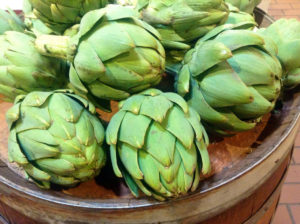 The Globe/French artichoke is the most nutrient dense variety.
The Globe/French artichoke is the most nutrient dense variety.- In order to get the maximum nutrition from artichokes, they should be eaten as closet to harvesting as possible due to their high respiration rate.
- To pick a fresh artichoke
- Rub two together and they should squeak.
- It should feel firm when you squeeze it.
- Boiling artichokes is a great way to prepare them because it increases their antioxidant levels.
- Steaming artichokes is the BEST way to prepare them – you get three times the antioxidant levels of boiled artichokes.
- Good source of vitamins K and C, folate, potassium, lutein, niacin, riboflavin, and iron.
Sources:
Eating on the Wild Side by Jo Robinson, Superfoods
by Tonia Reinhard, and The 52 New Foods Challenge
by Jennifer Tyler Lee.
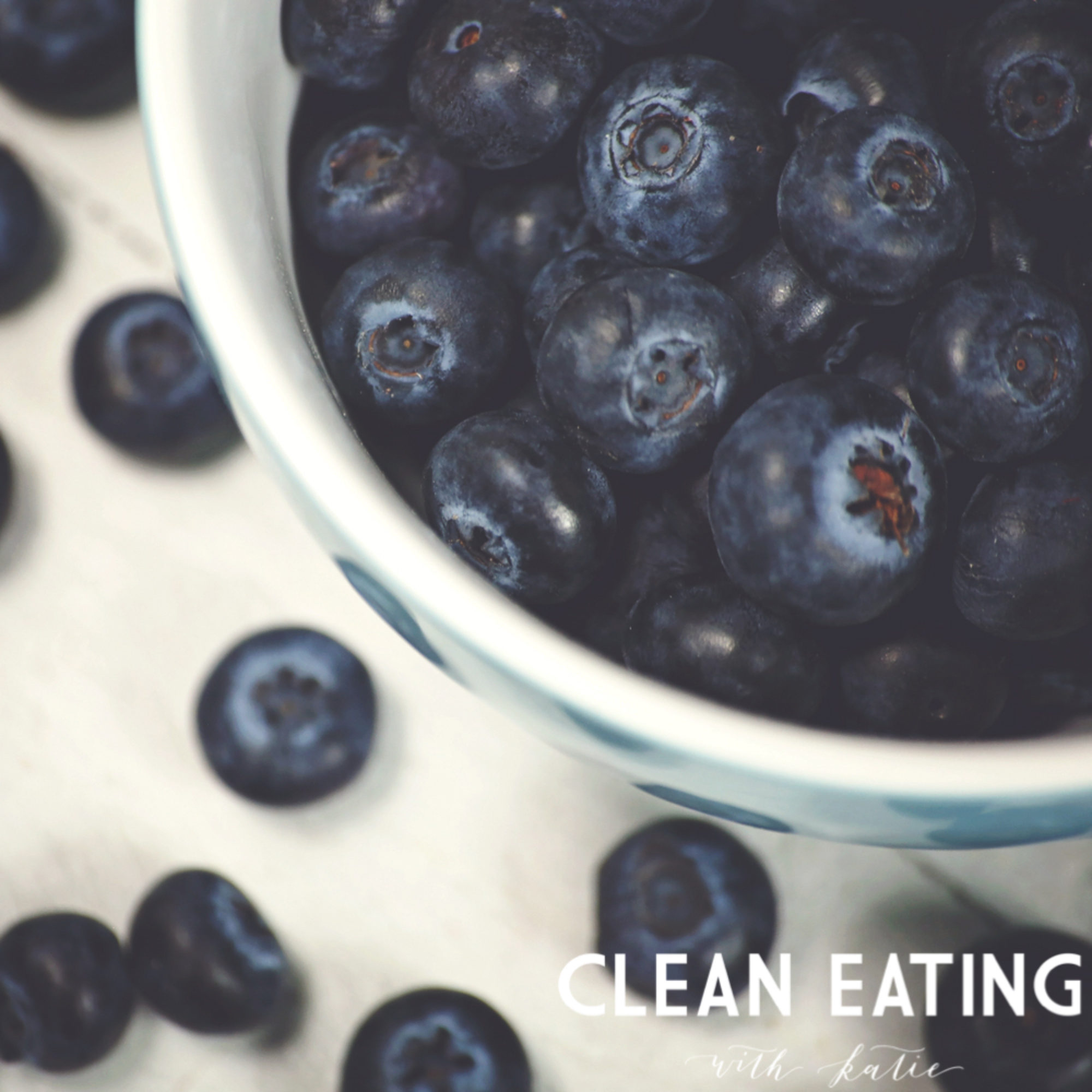
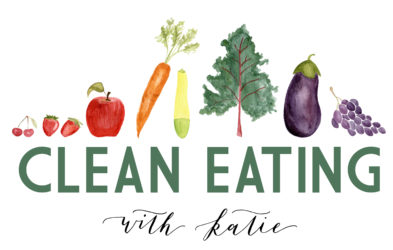
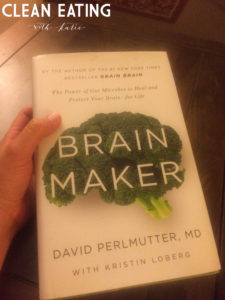 e, Dr. Perlmutter goes even further to discuss the links between an unhealthy gut and Autism, ADHD, allergies skin issues, elevated blood pressure, anxiety, depression, chronic fatigue, inflammation, and many, many, more.
e, Dr. Perlmutter goes even further to discuss the links between an unhealthy gut and Autism, ADHD, allergies skin issues, elevated blood pressure, anxiety, depression, chronic fatigue, inflammation, and many, many, more. ghly recommend for those interested in improving their gut health or just like to nerd out on science and healthy living.
ghly recommend for those interested in improving their gut health or just like to nerd out on science and healthy living.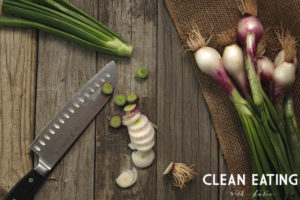
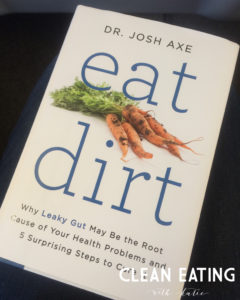 It
It
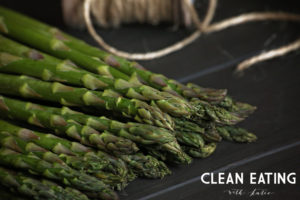 Food Facts:
Food Facts: